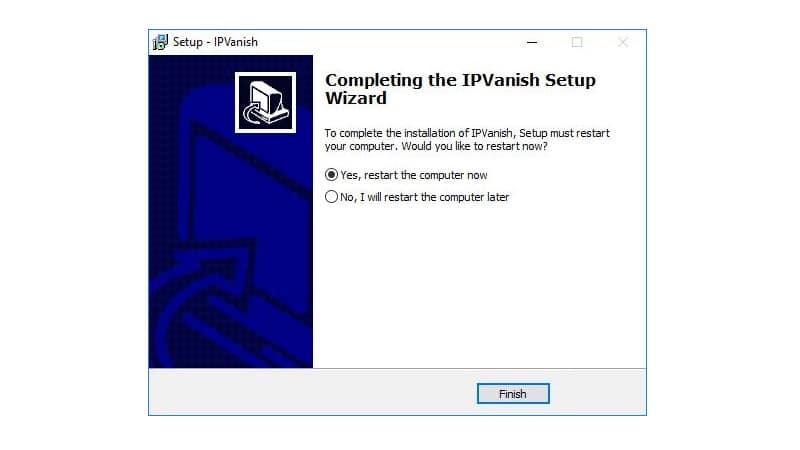

Once you have logged in to your router, you’ll need to find the settings for port forwarding.

You’ll need to login with the proper username and password. This link or this link will work for the majority of readers. Enable port forwarding in your routerįirst, connect to the web interface of your router. In this case, it will be to the static IP address of your Plex server. The next step is to tell your router where to send incoming Plex connections. Now that your Plex server has a static IP address, OpenVPN has been installed, and you’re sure of the proper port settings, you can move on to setting up your local network. Make a note of the port that Plex uses for remote access so that you can use it, along with your static IP address, to setup your router in the next step. Once the console is open, click the Settings link on the left sidebar. The Plex web client is accessible through this link, or by right-clicking the tray icon and selecting the Open Plex… menu item. Make a note of your Plex settingsīefore you configure your VPN to pass Plex traffic directly to your server, you’ll need to connect to Plex through the web interface in order to confirm your settings.
VPN IPVANISH WITH PLEX FREE
As a backup, I chose a free and secure Google server at 8.8.4.4 or 8.8.8.8 In this configuration, I use my router first, 192.168.1.1, which forwards DNS lookups to my internet service provider. When choosing static DNS servers, it’s a good idea to use a mix. When a router assigns an IP address that’s already in use on the network, it causes a conflict, so double-check your router’s DHCP settings before you assign a static address.

Note that a good static IP address will be outside of your router’s DHCP range. Take note of the IP address, you’ll need it later to setup your VPN. Highlight Internet Protocol Version 4 (TCP/IP 4) and click the Properties button.įinally, select a static IP address for your Plex server, fill out the gateway and DNS information, and click the OK button. Right-click the primary network connection for your computer and click the Properties menu item. On the sidebar, click the Change adapter settings link. Then click View network status and tasks in the Network and Internet category. To set a static IP address, first open the Control Panel. This will let you setup port forwarding properly, and ensure that any changes you make to the VPN configuration or your router will continue to work after a reboot. If you haven’t done so already, make sure to give your Plex server a static IP address. Give your Plex server a static IP address Please note that all of these steps should take place on your Plex streaming media server. There are a few things you’ll need to do before you get started making changes to your network. If you want to know which VPN we recommend we’ll cover this a little later in the article. This whole process is called selective routing, and it’s a powerful networking tool to know. Configure your VPN to allow unrestricted access to Īfter that, you can seamlessly connect to your private Plex server from anywhere in the world using the app or a web browser, regardless of how secure your home internet connection is.Give your Plex server a static IP address.It takes a few steps to get Plex streaming over a VPN. Getting started routing Plex through your VPN Here’s everything you need in order to get your Plex server streaming through your VPN without sacrificing any protection. Private and encrypted connections are more popular than ever, but if your Plex server gets on the web through a VPN, you won’t be able to access it through the layers of security. Plex’s all-in-one streaming and easy setup has made it the media server of choice for a lot of users, but having all of your movies and music in one place doesn’t mean much if you can’t connect.


 0 kommentar(er)
0 kommentar(er)
